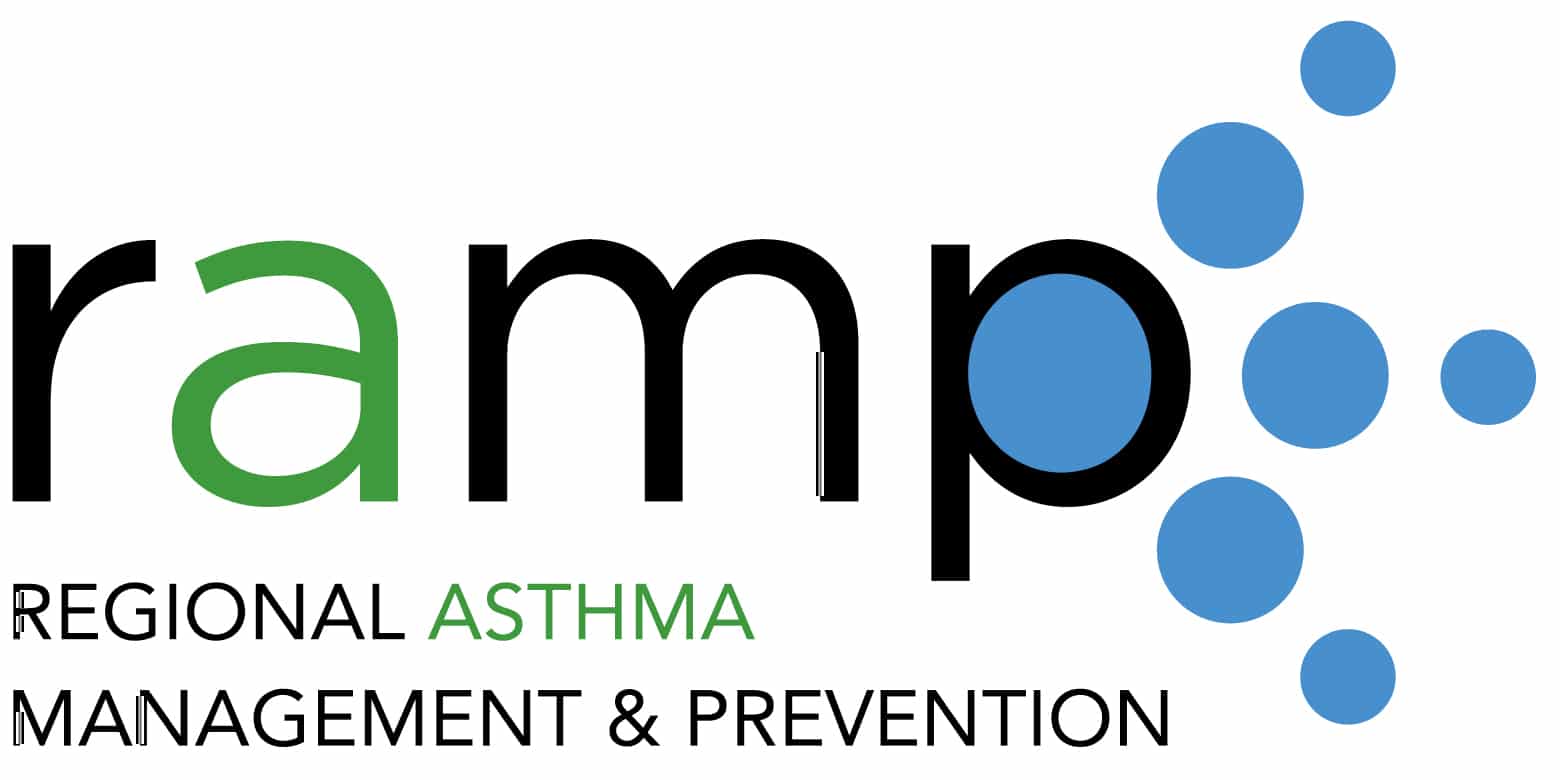This overview of the state of Utah’s progress in building and sustaining systems to support access to asthma home visiting services is a part of a series of success stories developed by RAMP and the National Center for Healthy Housing. Others are featured in Sustainable Financing for Home-Based Asthma Services: Snapshots of Innovation and Progress Across the Country.
Staff at the Utah Department of Health and Human Services Asthma Program are proud of their Utah Asthma Home Visiting Program, and it’s not hard to understand why. Serving communities with a high asthma burden, the long-established program based in local health departments improves asthma outcomes and has demonstrated a positive return on investment (ROI) by reducing healthcare utilization costs. One evaluation in 2019 found that among 78 participating households, there was a 70% reduction in asthma-related ED visits and an 82% reduction in asthma-related hospitalizations, with an associated ROI of $2.69 for every $1 spent. The strength of these findings was one reason the Utah’s asthma program was awarded the EPA’s National Environmental Leadership Award in 2022.
The value and success of the Utah Asthma Home Visiting Program—launched first with funding from the National Asthma Control Program and later expanded with state funding—is one reason why staff are both tenaciously persistent and flexible in their attempts to sustain, expand, and systematize their program. Notes Program Manager Nichole Shepard, “Program adaptability is crucial for sustainability work.” Health Program Specialist Kellie Baxter put it this way: “Our approach is to try anything we possibly can. We want to consider many different approaches to discover what will work in Utah.” It’s worked: the asthma program has started to integrate asthma home visiting services into Medicaid managed care plans/accountable care organizations, secured administrative funding from the state Medicaid agency to expand the home visiting program’s footprint and is now poised to shape chronic disease management within the fee-for-service portion of the state’s Medicaid system.
While the Utah Asthma Program staff have pursued the “try anything” approach, key elements remain consistent across everything they do. One element is devoting significant time and resources to data collection and analysis; that includes evaluating the effectiveness of their model: In addition to the ROI findings mentioned above, the data also show that the home-based services have improved healthcare utilization and client quality-of-life measures. Staff use those evaluation results to drive asthma program adjustments and improvements, and regularly communicate evaluation findings in their outreach to established and new partners and as part of their overall sustainability efforts.
Building constructive relationships, particularly with potential payers, is another key element to the approach taken by program staff. This is particularly true through their work with accountable care organizations (ACOs). Utah Asthma Program staff have approached ACOs at different times and in different venues to talk about the value of integrating asthma home visits into their services. It hasn’t always been a smooth or straightforward process: In one case, the key contact at an ACO left, stalling progress for a considerable period. Still, continued and persistent outreach has resulted in partnerships with two ACOs, which provide referrals for new clients to the home visiting services. In another win, one of the ACOs also decided to integrate asthma self-management education into its own care management program.
Staff’s flexibility and persistence continued to be on display when serving members within the fee-for-service portion of the Utah Medicaid program. Given the rural location of most fee-for-service members, a pilot program that expanded asthma home visiting services to this population had positive impacts for the people served but proved prohibitively expensive due to travel costs and time. Since, staff have pivoted to support the implementation of a Utah Medicaid waiver that will provide an in-person visit and ongoing remote (i.e., virtual) monitoring of clients with a range of chronic conditions. The remote option could make home-based asthma services in rural areas more sustainable by cutting out the travel-related expenses. If the waiver is approved, program staff aim to support the state’s development of the request for proposals to select an organization to provide the monitoring and shape the asthma-related component of the RFP.
Even as they have pursued strategies specific to the fee-for-service system or with individual managed care plans, program staff keep taking steps toward achieving coverage of asthma home visiting services throughout the entirety of Utah’s Medicaid program. To do so, they’ve used “inside/outside” strategies. For example, staff cultivated a relationship with a state Medicaid representative who provided valuable feedback about the Medicaid landscape, different waiver and health reform efforts, and the viability of related opportunities. Publicly, staff presented to the state Medical Care Advisory Committee, which hears proposals for coverage changes to the state’s Medicaid system. Twice, staff shared the outcomes and value of their asthma home visiting program, which ultimately led to the program receiving administrative Medicaid funding that supported a significant service area expansion.
Through these multiple pathways, progress is being made. Kellie shares her perspective: “I feel an underlying lesson from many years of trying things and having some be successful, others unsuccessful, is that you have to have many irons in the fire at one time. Opportunities arise, doors open, and you need to act quickly and see it through for as much momentum as it has. Inevitably, you’ll hit a barrier or challenge, and you try to work through it. But if that opportunity loses all of its momentum, then you still have these other approaches to fall back on.”
The team sees lessons in their own work that can be applied to other states and communities working on similar efforts. As Nichole says, “It comes back to all the different pieces of sustainability that can be replicated. The evaluation skillsets, the ability to implement your program, understanding your partners and their needs, strategic planning and communication—all those components can be replicated and adaptable to whatever political infrastructure another community may have.”
Key Lessons from Utah
- Flexibility and persistence are critical to achieving both short- and long-term sustainability gains.
- Ongoing evaluation is a key component in shaping program improvements and enhancing relationship-building with partners.
- Pursuing multiple pathways to asthma home visiting sustainability can help maximize the chance for successful outcomes.
RAMP and NCHH thank the Utah Asthma Program at the Utah Department of Health and Human Services for contributing to the development of this excerpt.
The information shared here and in the complete document reflects the work of the various programs, as reported to us by the partners listed throughout. This product aims to amplify the dedicated efforts of these programs and their partners; all descriptions of the work of the highlighted program/community are based on the information provided.
Contact NCHH at askanexpert@nchh.org or RAMP at TA@rampasthma.org with any potential corrections. We are committed to ensuring that the work is presented transparently. The final determination of content accuracy and representation will be made by the highlighted program/community.

